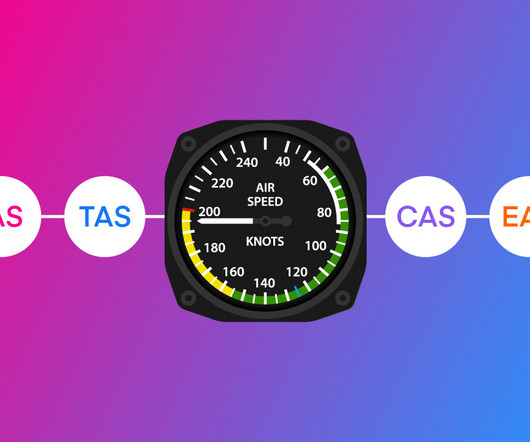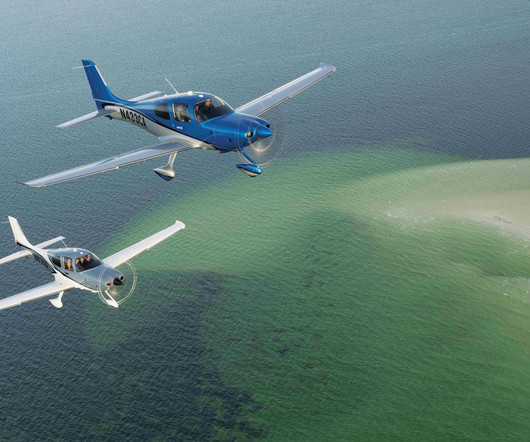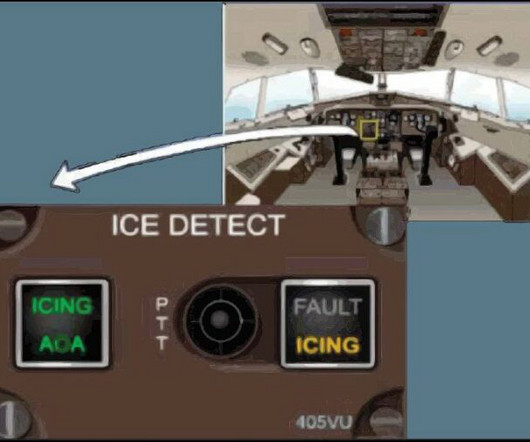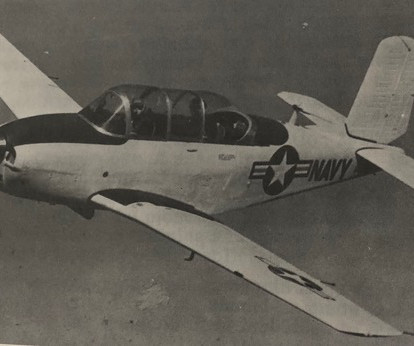Delta Connection flight received sink rate alert before Toronto Pearson crash
Aerotime
MARCH 21, 2025
Around 13 seconds before touchdown as the aircraft was descending through 153 feet above ground level (AGL) the TSB said the CRJ900s indicated airspeed increased to 154 knots whereas the ground speed did not change appreciably, consistent with a performance-increasing wind gust. The bank angle increased to a 4.7right bank.
















Let's personalize your content